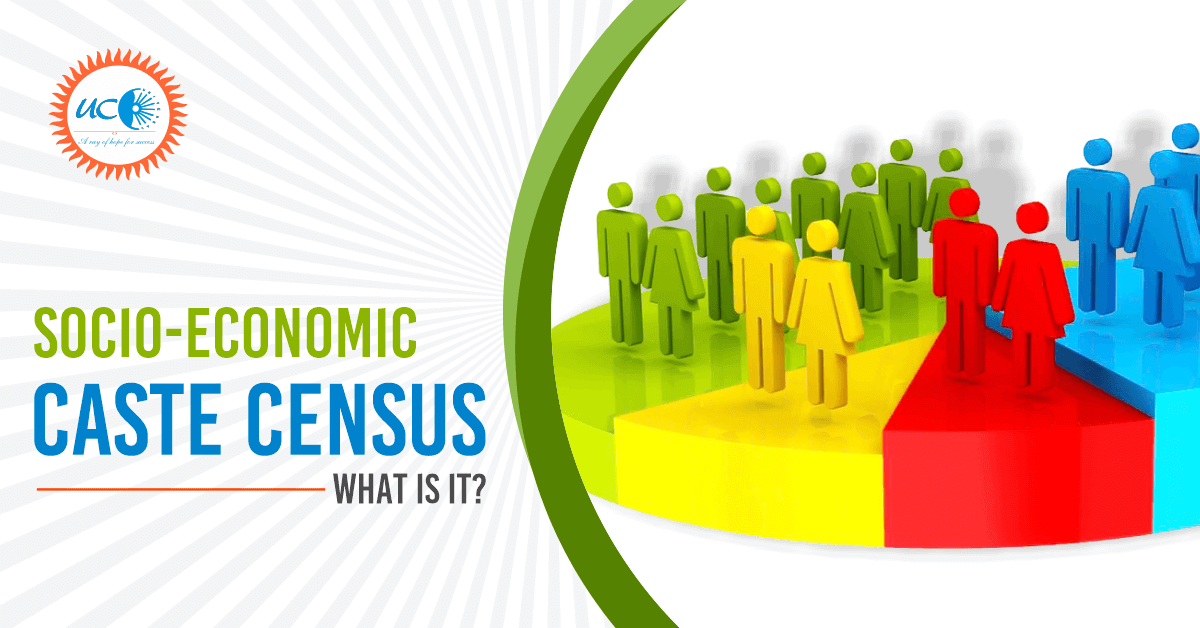Socio-Economic Caste Census (SECC 2011)
WHY IN NEWS?
The Supreme Court rejected the Maharashtra government’s petition seeking a direction to the Centre to make public raw census data collected in the Socio-Economic Caste Census (SECC), 2011.
WHAT IS IT?
Socio-Economic and Caste Census-
- The Ministry of Rural Development Government of India conducted the Socio-Economic and Caste Census 2011, in June 2011 through a comprehensive door-to-door enumeration across the country.
- This was the first time such a comprehensive exercise had been carried out for both rural and urban India. It is also expected to generate information on a large number of social and economic indicators relating to households across the country.
- SECC-2011 is a study of the socio-economic status of rural and urban households.
- SECC has three components,
- Rural census– Conducted by the department of rural development.
- Urban census– Conducted by the Ministry of Housing and Urban Poverty Alleviation (MoHUPA).
- Caste census– Conducted by Ministry of Home Affairs: Registrar General and Census Commissioner of India.
- Only the details of the economic conditions of the people in rural and urban households were The caste data has not been released till now.
- SECC 2011 is also the first paperless census in India conducted on hand-held electronic devices by the government.
Why SECC?
- The poverty line indicates the number of poor. However, SECC indicates those who are poor. The current definition of poverty, which was derived by identifying a basket of essential goods and services and marking the point in India’s income distribution where that basket could be purchased by an individual, was missing too much.
- Hasty inclusion of the caste question in the SECC has resulted in largely unusable data.
- If we want information regarding the size and characteristics of various castes in India. We must look to the census of 1931. This does not address the change and requirements of the present time.
- Caste will help to identify various backward and downtrodden classes.
- It will provide authentic information regarding the socio-economic condition and education status of various classes.
- It would help in understanding the changes in society and exclude or include well or deprived caste.
Issues with SECC-
- The caste-based census will give rise to caste division.
- The collection of data is not easy.
- Same caste is spelled in different ways.
- Concerns about methodology, relevance, rigour, dissemination, transparency and privacy need to be taken seriously if this exercise is to do what it was set up to do.
- It is difficult to determine the correctness of the caste claimed by a person.
Way forward-
Census operations across the world are going through significant changes, employing methods that are precise, faster, and cost-effective, involving coordination between different data sources.
The government must look beyond caste and work towards the upliftment of marginalised, illiterate and poor sections of the population. The government should give more importance on economic division, education, health, etc. rather than the caste division.
What is census?
- It an enumeration of people, houses, firms, or other important items in a country or region at a particular time. This term is used mostly in connection with the national population and housing censuses.
- Office of Registrar General and Census Commissioner, India under Ministry of Home Affairs, Government of India is responsible for carrying out the census.
- It provides information on size, distribution and socio-economic, demographic and other characteristics of the country’s population.
- The decennial Census of India has been conducted 15 times, as of 2011.while the practice begin in 1872 under British Viceroy Lord Mayo, the first complete census was taken in 1881.





